Discover 24 animals that start with the letter 'B'. Can you think of more? Let us know what we have missed...
Animals starting with 'B'
Baboon
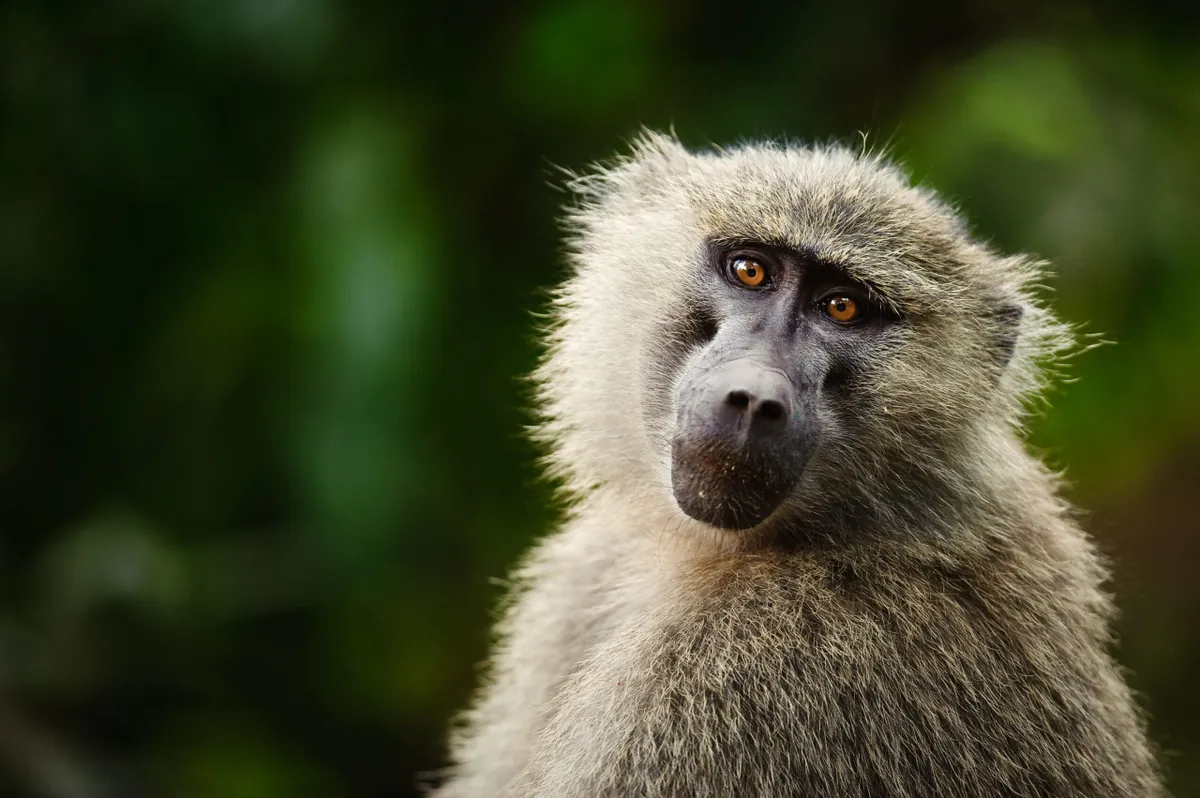
The baboon is one of the world's largest monkeys and live throughout Africa and Arabia.
In total there are five species of baboon: olive, yellow, chacma, Guinea, and sacred.
Banded mongoose
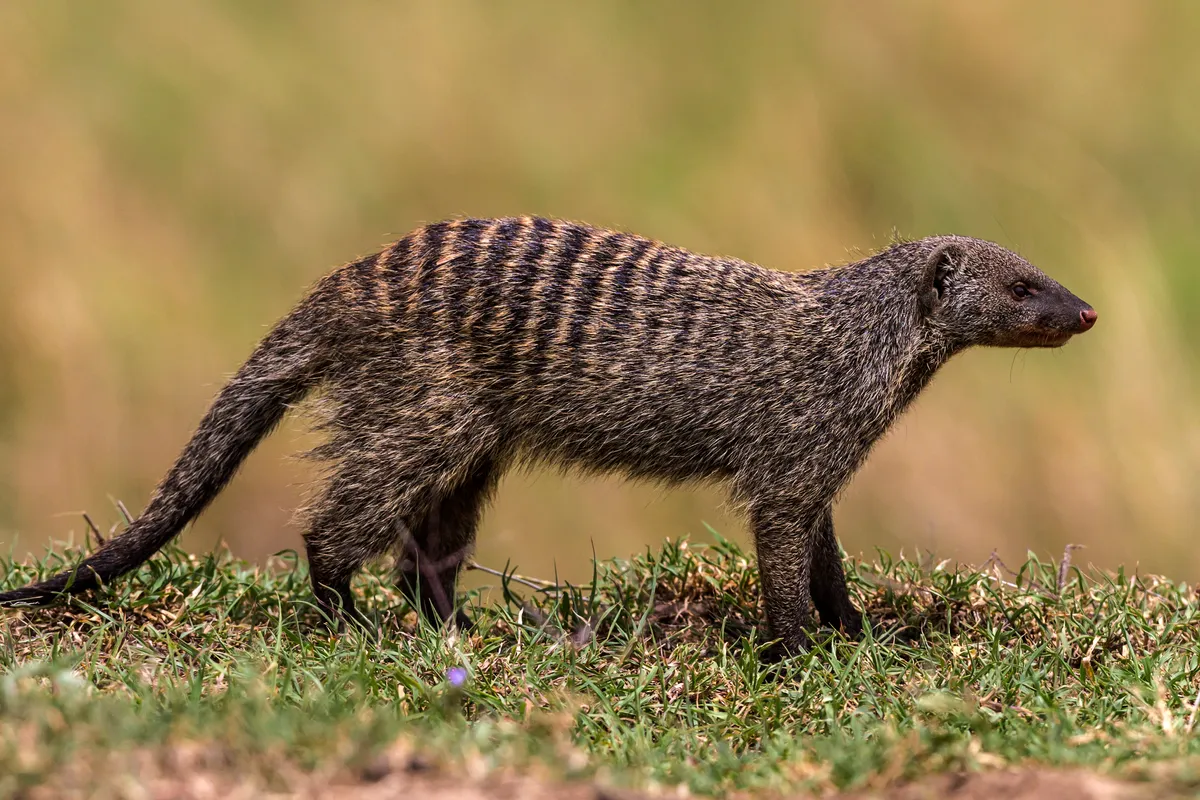
Banded mongoose (Mungos mungo) are poor cousins of the meerkat; close taxonomic relatives with a fraction of the fame but the same goofy charisma (in spades).
Barn owl
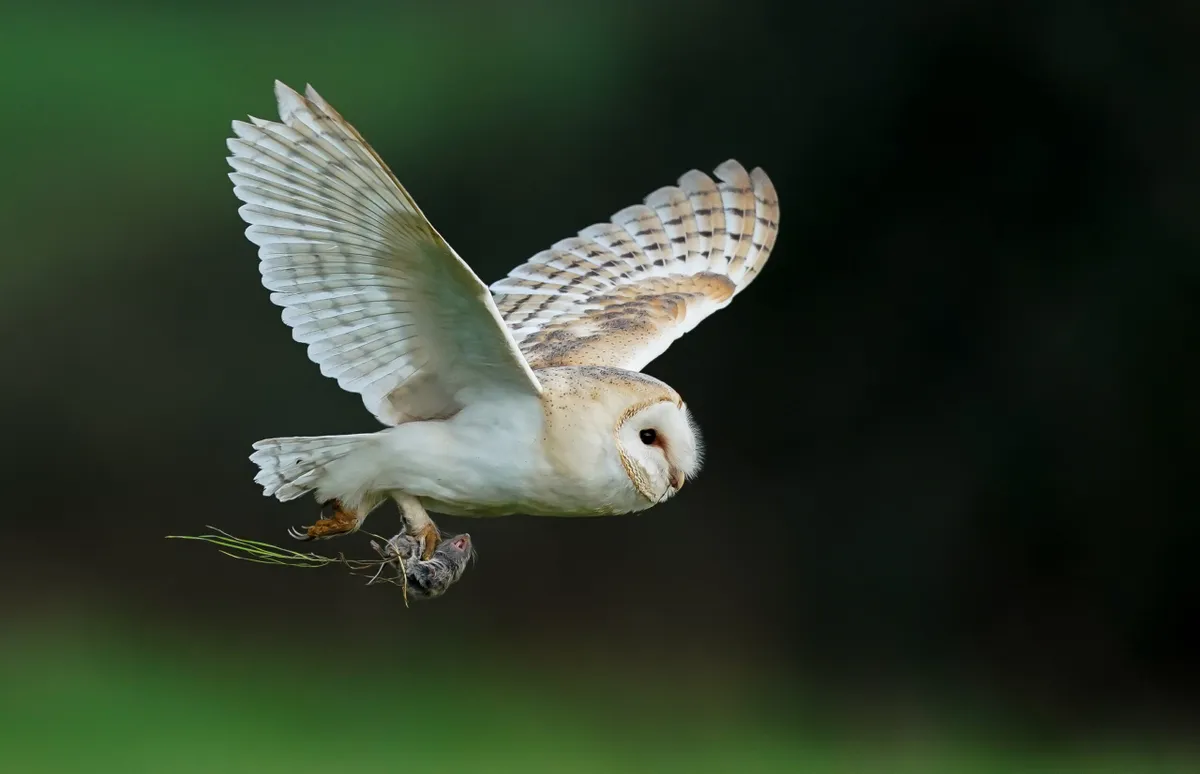
The barn owl is a very distinctive species of owl, with an iconic ‘facial disc’, white face and underside, and light brown and grey feathers on the back of its head and its back.
Beaked sea snake
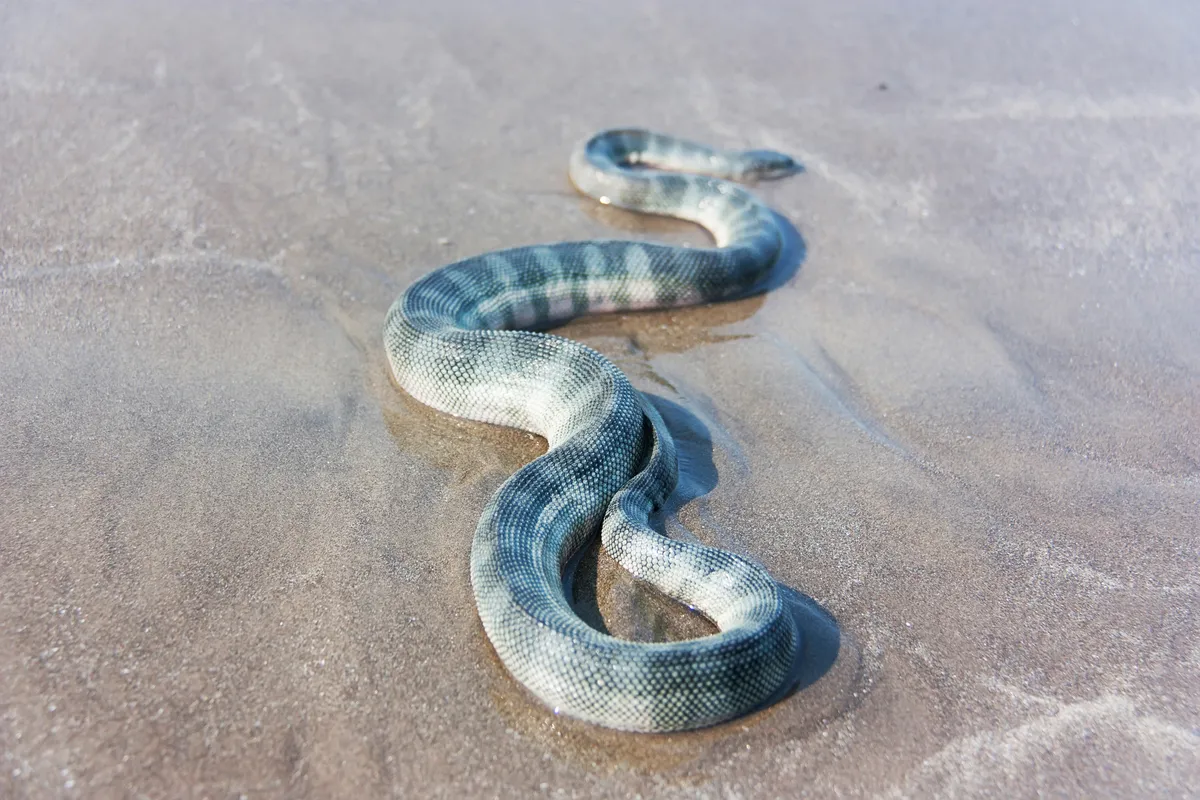
Thought to be the deadliest of the 64 species of snakes that spend the majority of their lives in the ocean, the beaked sea snake delivers its venom via a small pair of fangs at the front of its mouth.
The venom contains a powerful toxin that causes paralysis, including of the diaphragm, potentially leading to respiratory failure.
We named it one of the world's deadliest sea creatures
Beaver
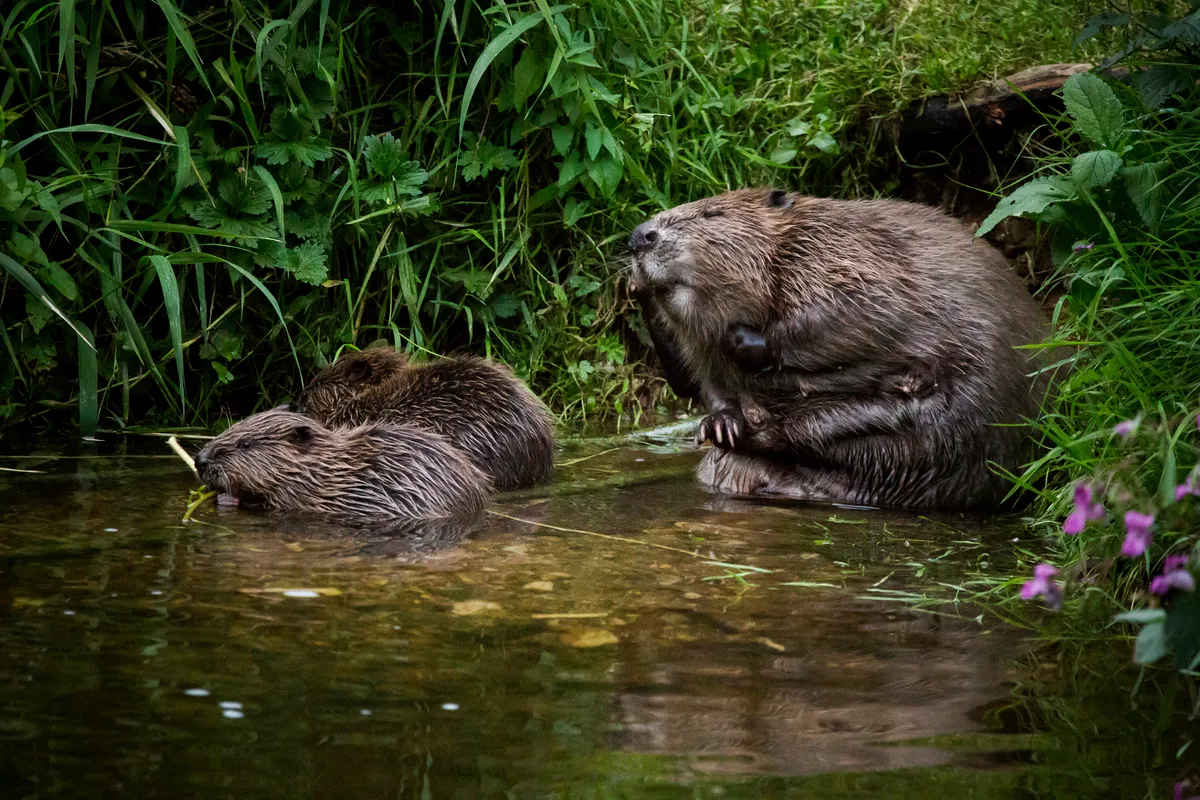
There are two species of beaver, the North American beaver and Eurasian beaver. Eurasian beavesr once lived all over Europe and Asia. Now they only live in small numbers in southern Scandinavia, Germany, France, Poland, central Russia and Britain.
The North American beaver is Canada's national animal.
Bewick swan
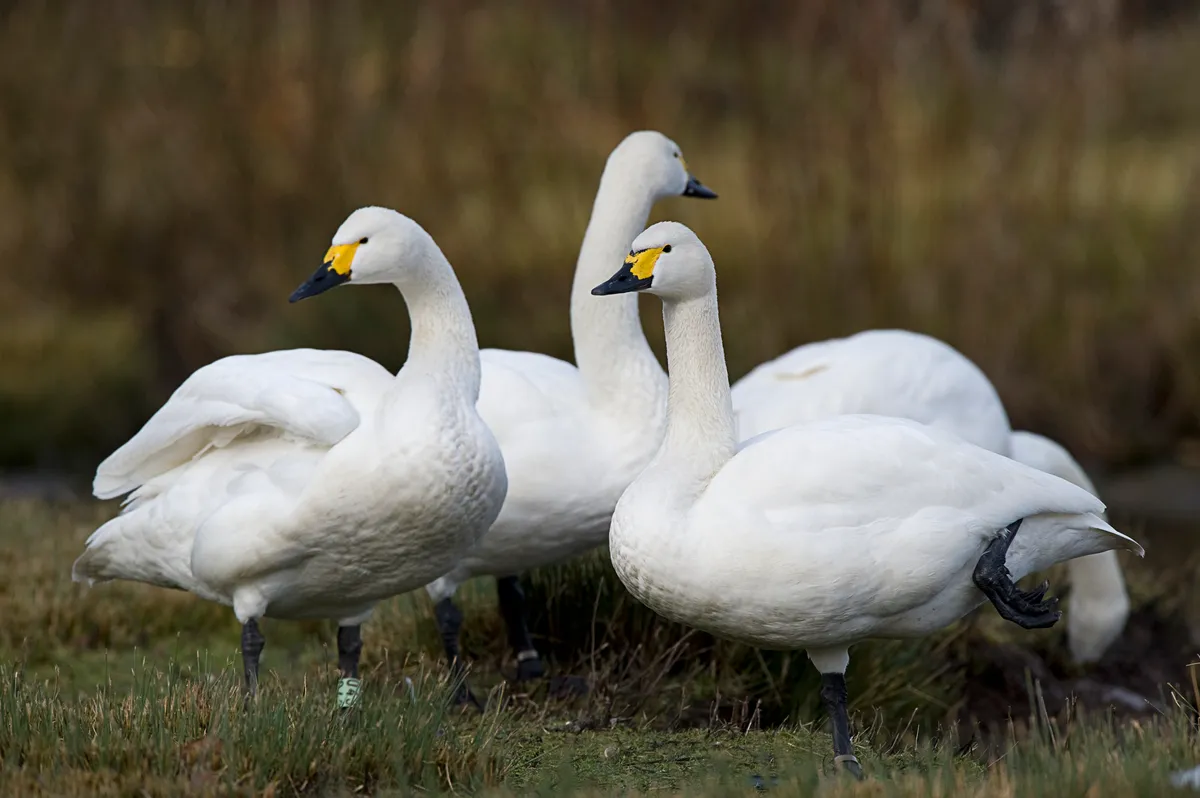
Bewick's swans are the smallest of the swan species found in the UK. They are migratory winter visitors to the UK, travelling 2,500 miles here from Siberia.
Black-and-white ruffed lemur
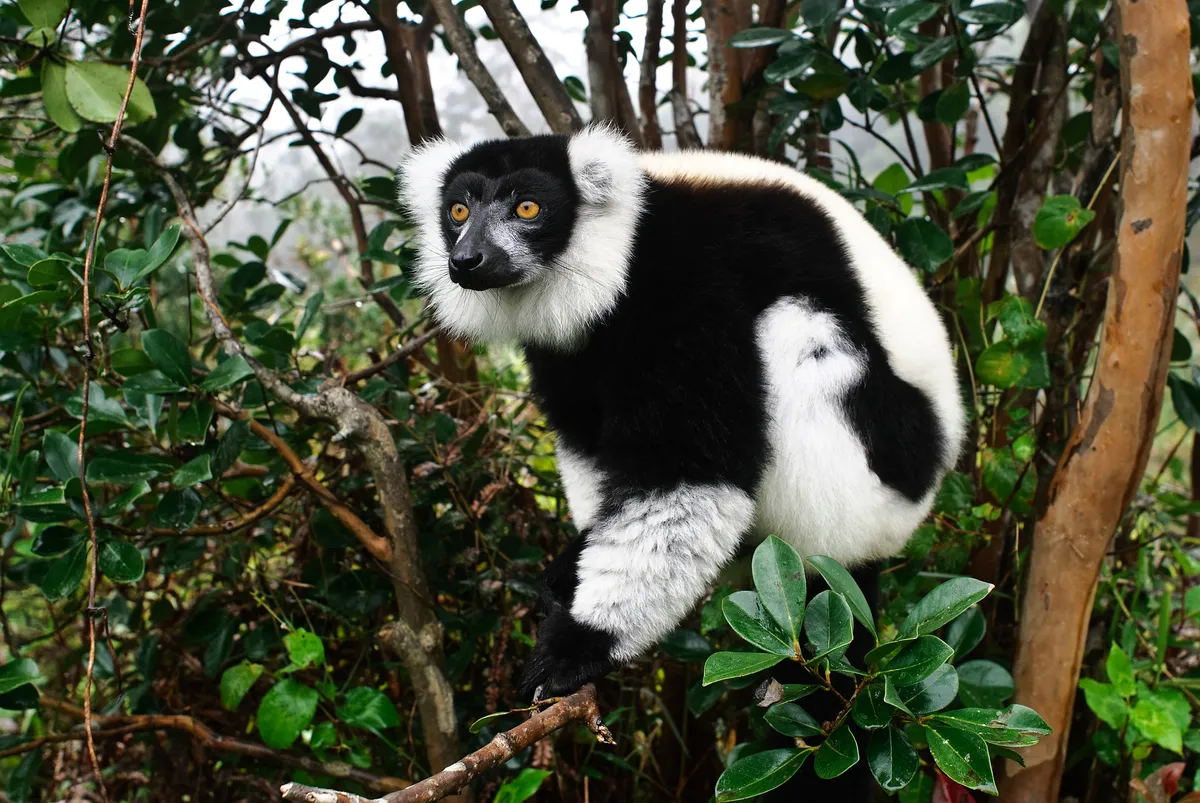
Lemurs are our most distant primate cousins, and only found on the island of Madagascar where they’ve been evolving in isolation for some 50-60 million years. Endangered black-and-white ruffed lemurs are unusual for primates since they give birth to litters of up to three babies.
Black bear
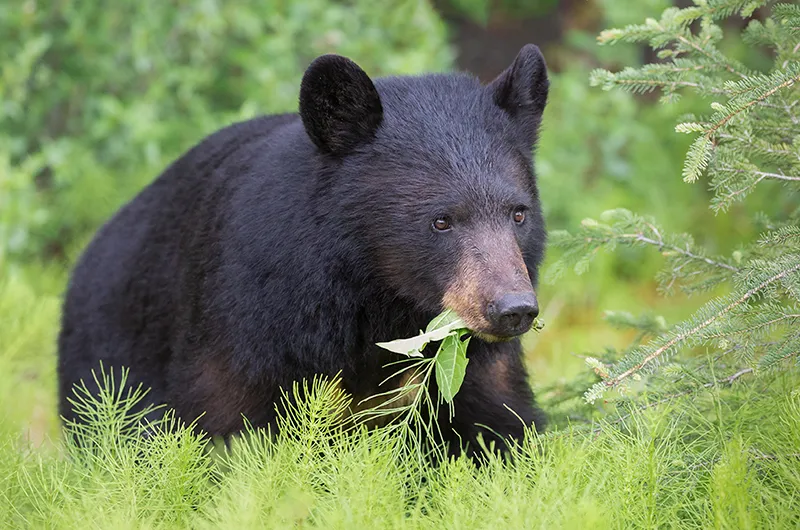
The black bear is the smallest, yet most common, of the three bear species found in America (after the polar bear and grizzly bear). It's still pretty big though!
Black bear weight varies enormously depending on age, sex and time of year - black bears can be 30% heavier in autumn than they are in spring.
Blackbird
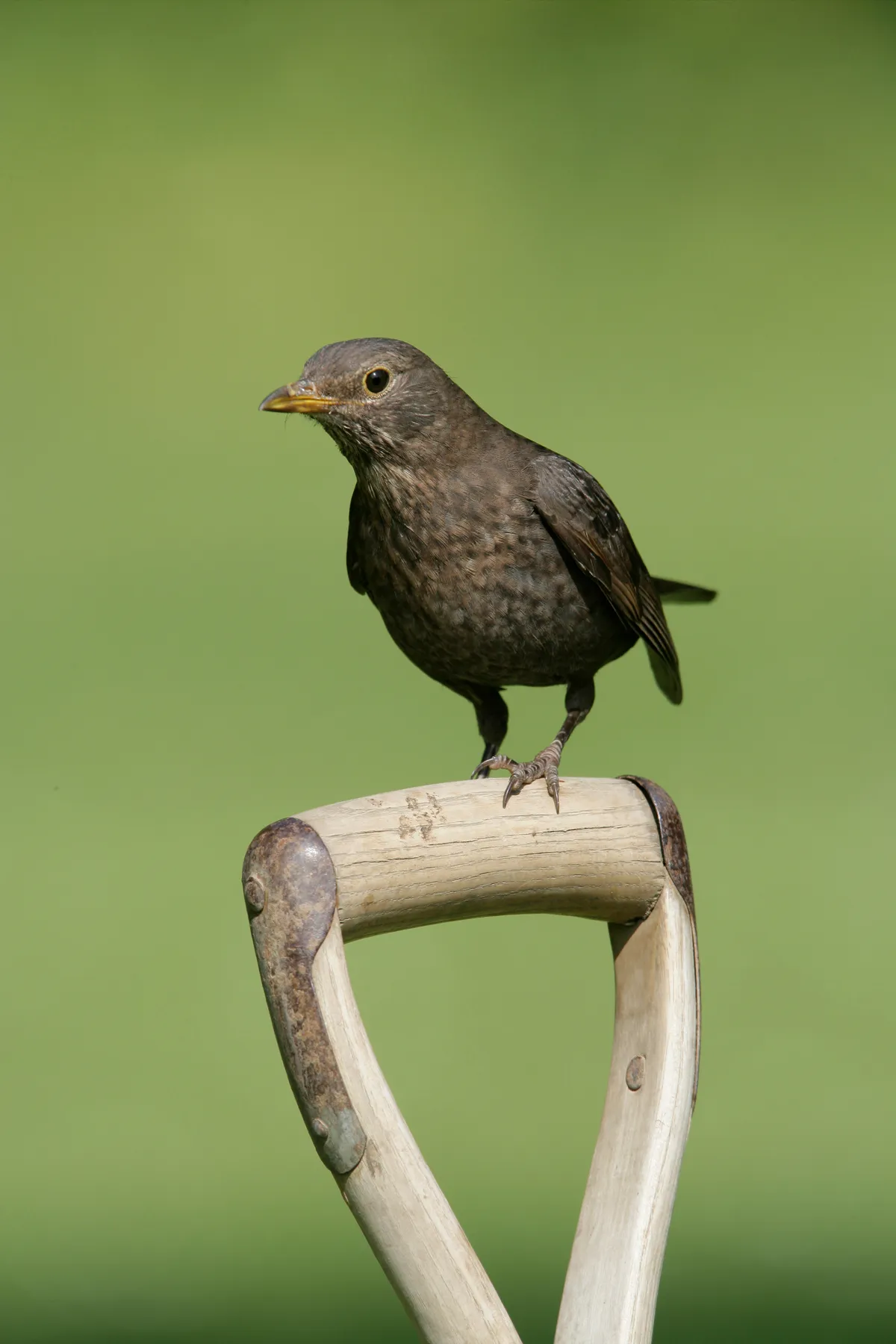
A familiar bird to many, the blackbird can be found in a variety of habitats, including gardens.
Adult male blackbirds have black plumage and, during the breeding season, and orange yellow eye-ring and bill. Females are brown, often with a paler throat patch.
Black-footed Cat

It might shock you that this adorable little kitty is known to some as “the deadliest cat on the planet”. Look at that face! Don’t worry, they are not especially dangerous to humans, but despite being Africa’s smallest felid they are the most successful hunters of all wild cat species.
The Black-footed cat is one of the rarest cats in the world.
Black mamba
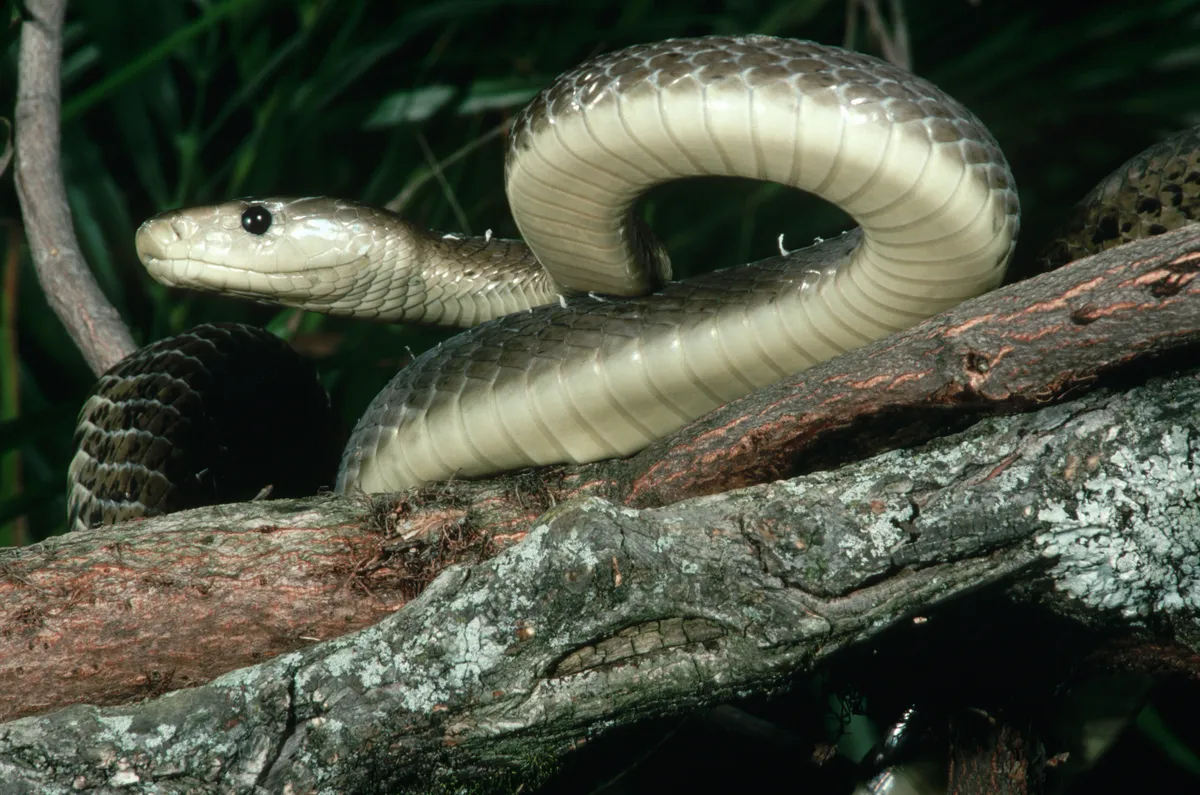
This snake, found in sub-Saharan Africa, is one of the deadliest snakes in the world and probably most feared of all.
Unlike the relatively docile inland taipan, the black mamba is known to be particularly aggressive
Blue-ringed octopus
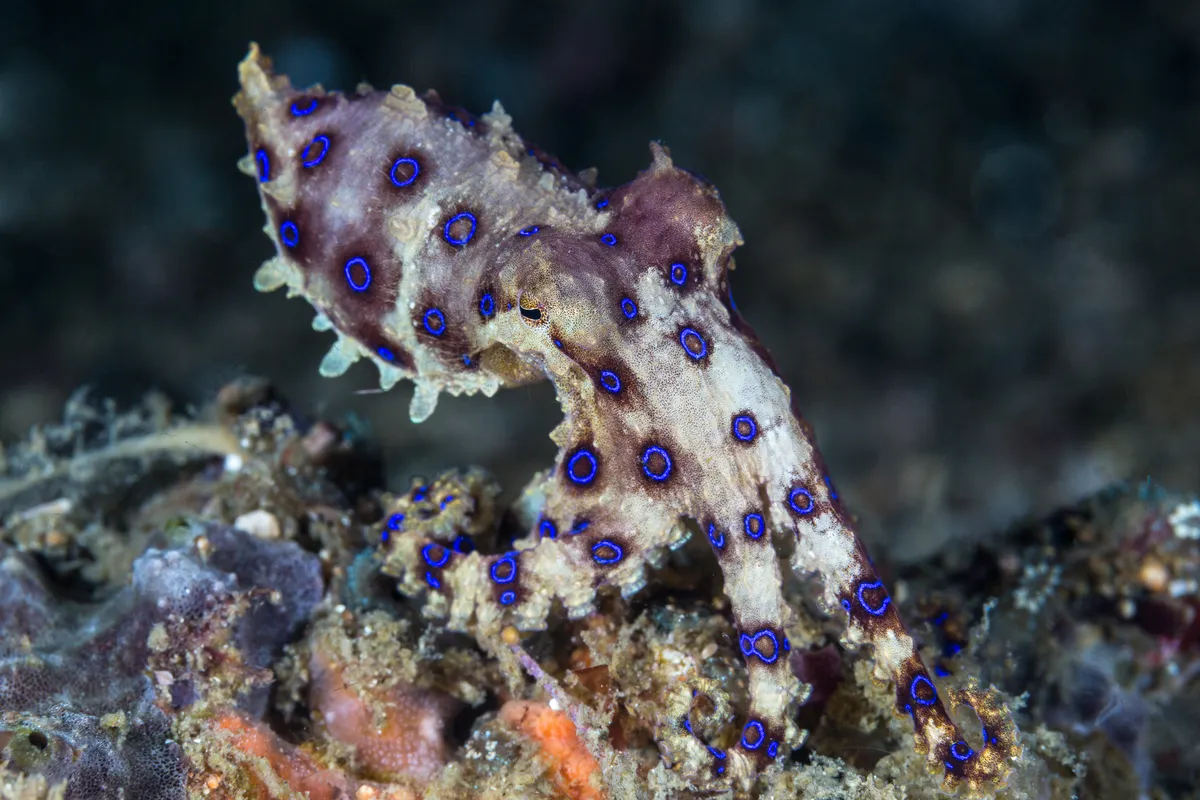
Don’t be deceived by its beautiful markings or the fact that it’s adorably pocket-sized; this family of Pacific and Indian Ocean octopuses boasts one of the most potent venoms in the sea.
Their salivary glands produce tetrodotoxin, another poison that rapidly causes paralysiswith potentially fatal consequences.
Blue tit
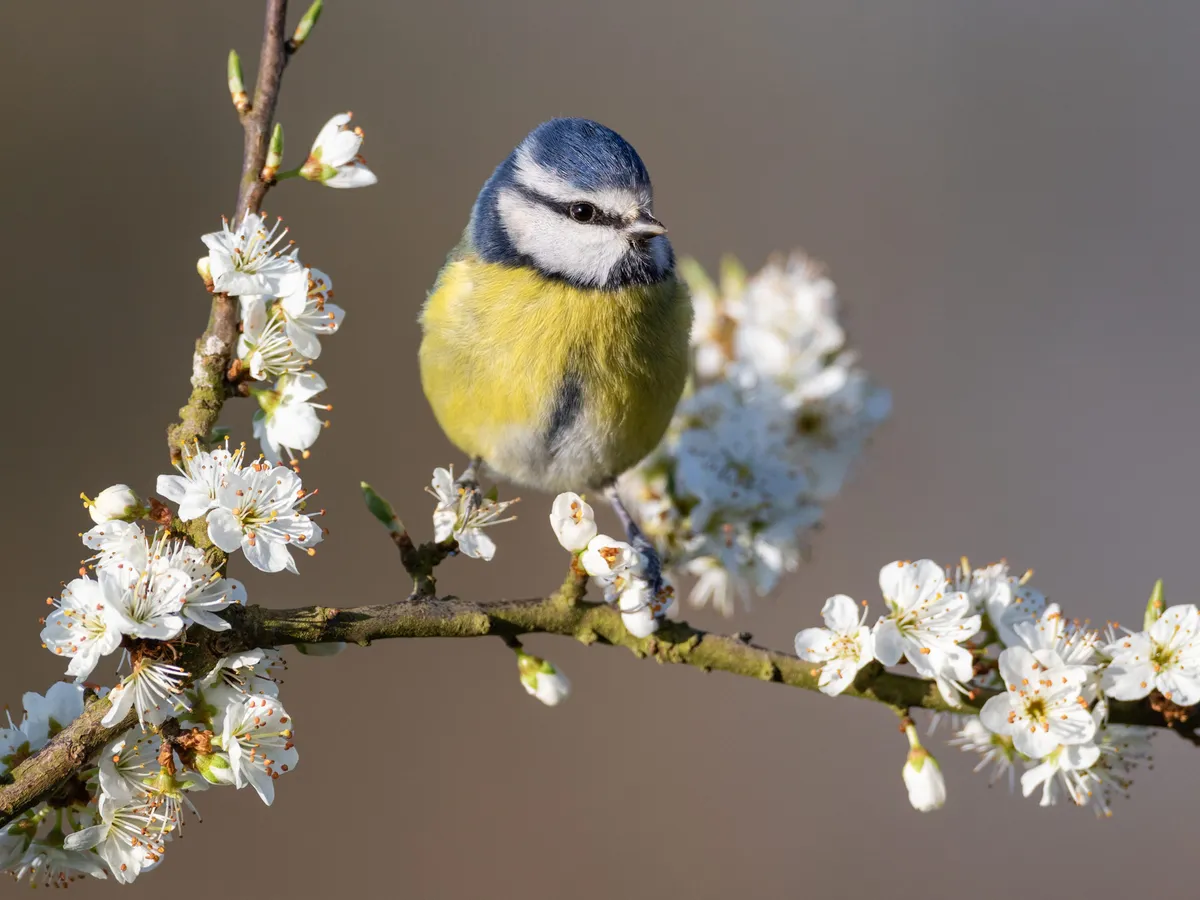
With their smart blue caps, yellow breasts and white cheeks, blue tits are one of our most colourful garden visitors.
They are also wonderfully acrobatic – clinging, swinging and pecking for food at remarkable angles on bird feeders
Blue whale
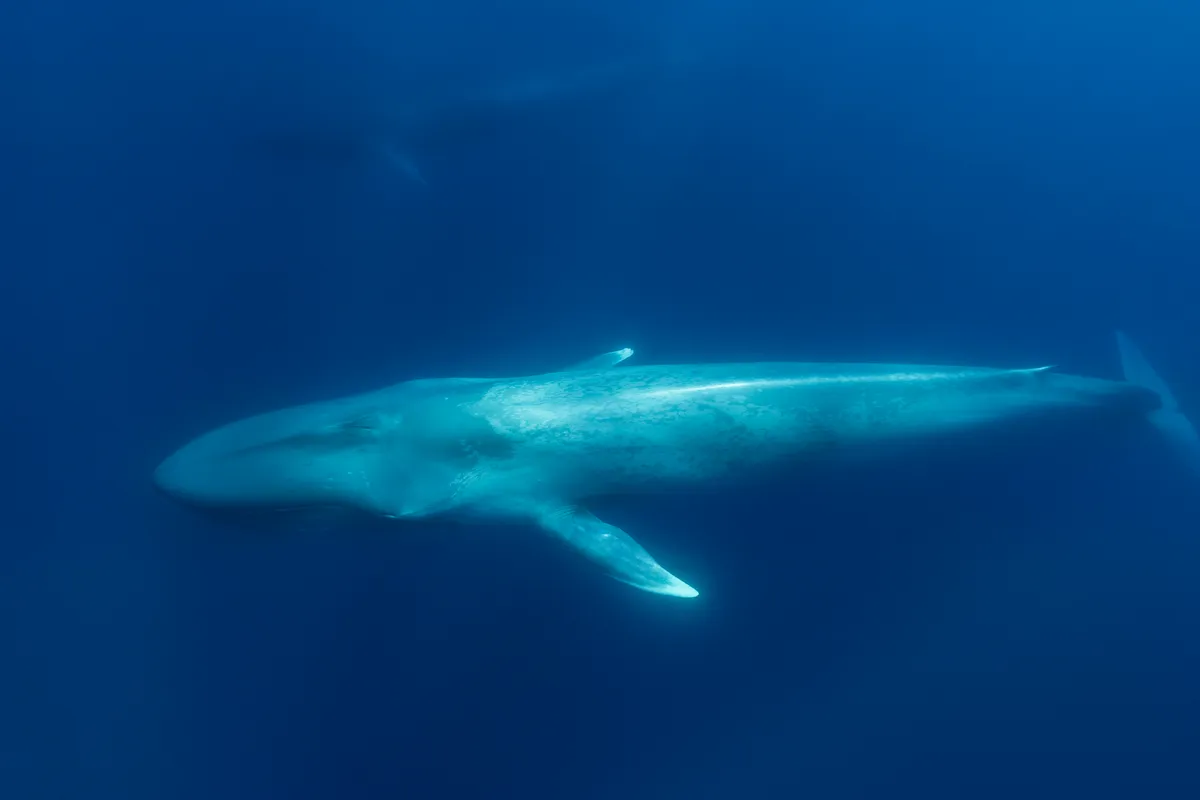
The blue whale is the largest animal in the world, measuring up to 33 metres long.
Blue whales are actually blue-grey, but they appear brilliantly turquoise in the water as they reflect the blue sky.
Blobfish
One of the world's weirdest animals the blobfish dwells 1,200m deep on the ocean floor.
It is this deep-water living that causes it to look like an “85-year-old Mr Blobby” (according to the fish manager at the Australian Museum which holds the most well-known and photographed specimen).
Boa constrictor
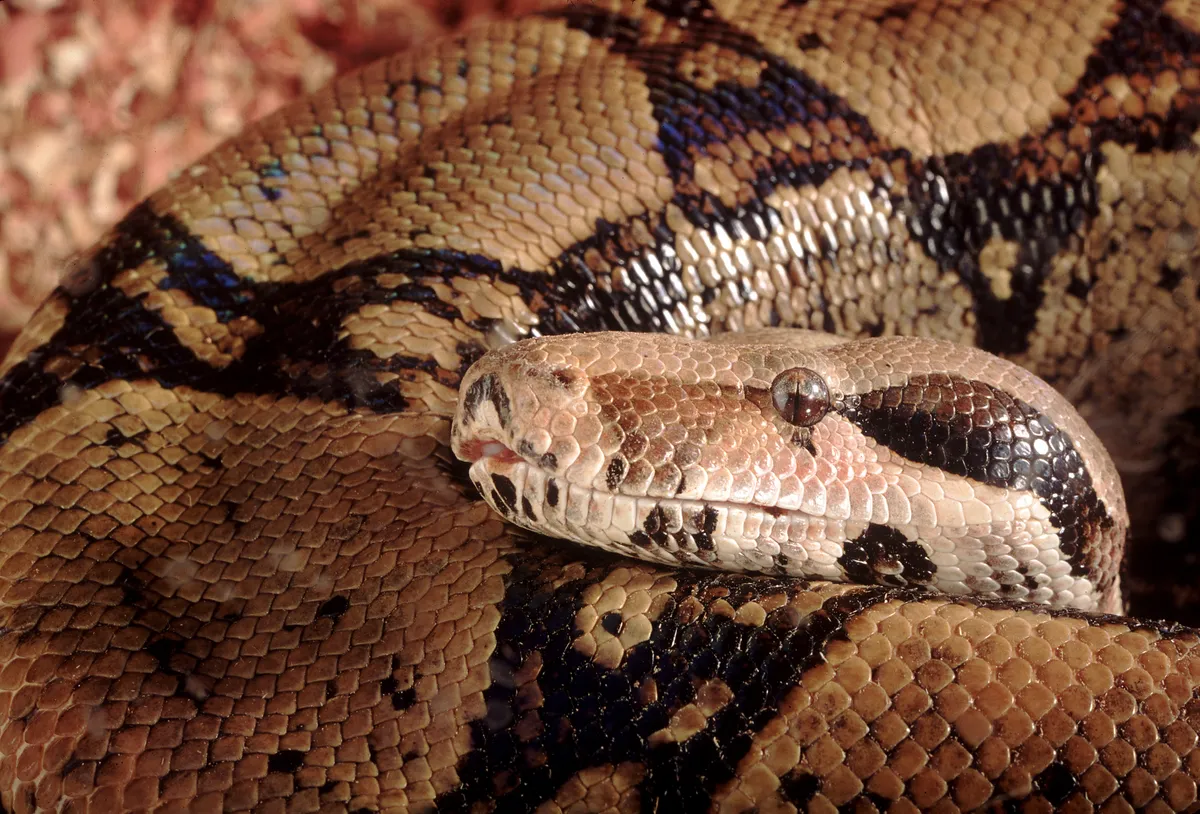
A large powerful snake that is famous for squeezing the living breath out of their victims before swallowing them whole.
They grow to about 4 metres long and weighs between 10-15kg.
Bobbit worm
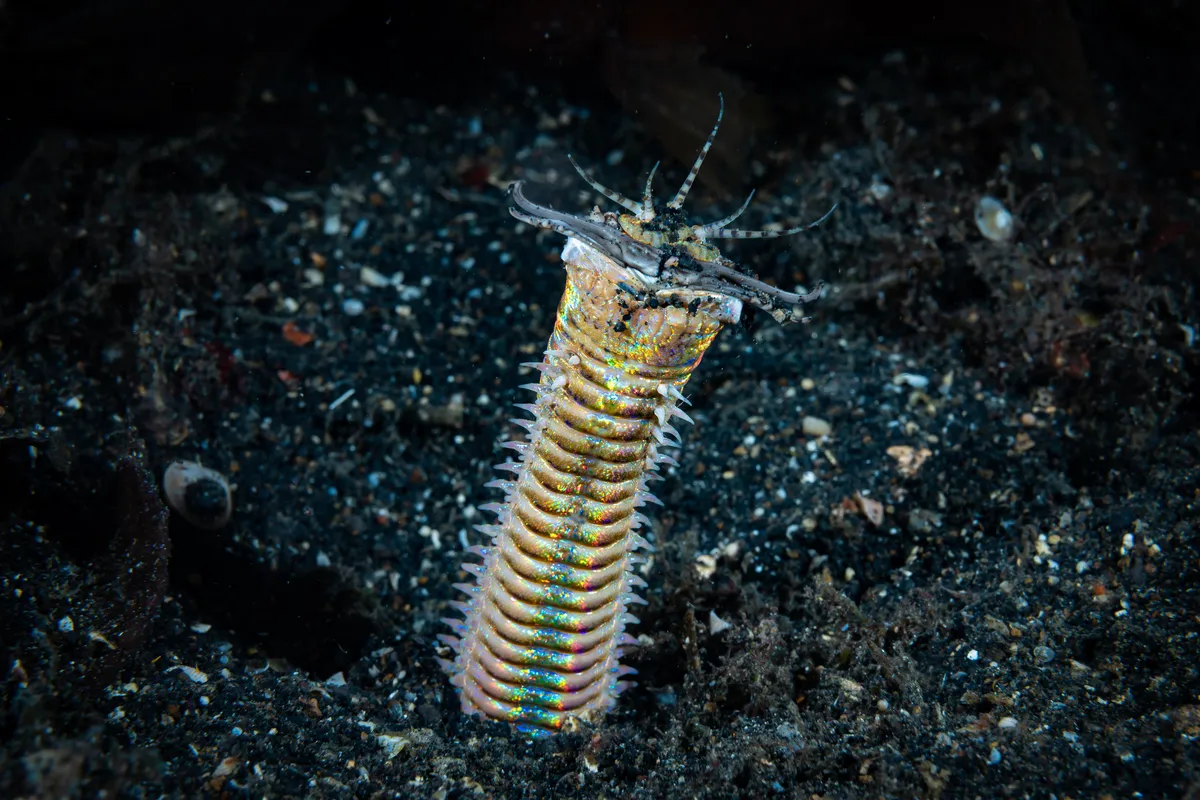
Bobbit worms inhabit warm seas worldwide, and hide its bulk by burying itself deep in the sediment on the ocean floor. With only its tentacles exposed, the worm resembles an innocuous frond of seaweed.
Bonobo
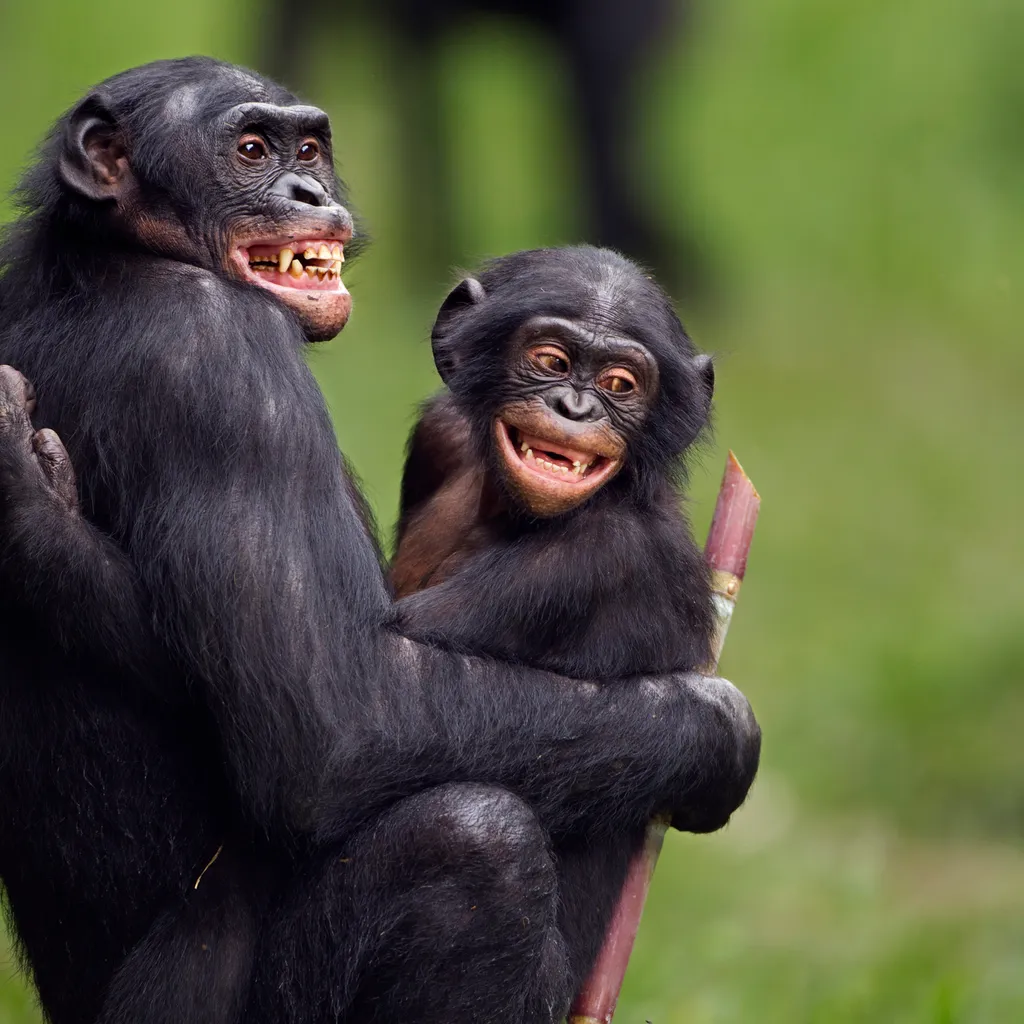
The bonobo is a species of great ape and part of the Hominidae family.
There are eight extant (living) species, consisting of the bonobo, the closely related chimpanzee, two species of gorilla, three species of orangutan, and humans.
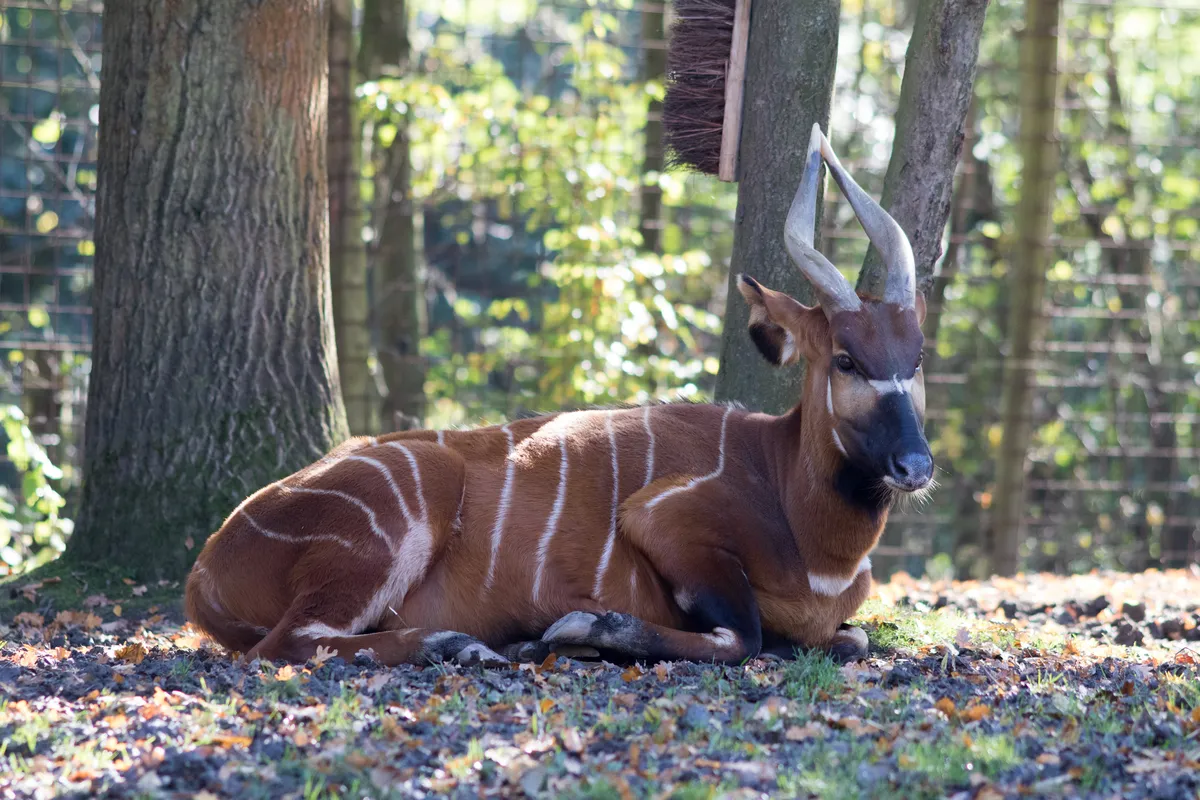
The bongo is the third-largest antelope in the world, which is native to central and Western Africa. The species is split into two subspecies: the western or lowland bongo and the eastern or mountain bongo.
Borneo Bay Cat

Found only on the island of Borneo (an island divided up and owned by three different countries), this curious cat is a bit of a mystery. Due to its rareness and shy nature, not very much is known about it. It is very hard to find, much less to study.
Borneo tarsier
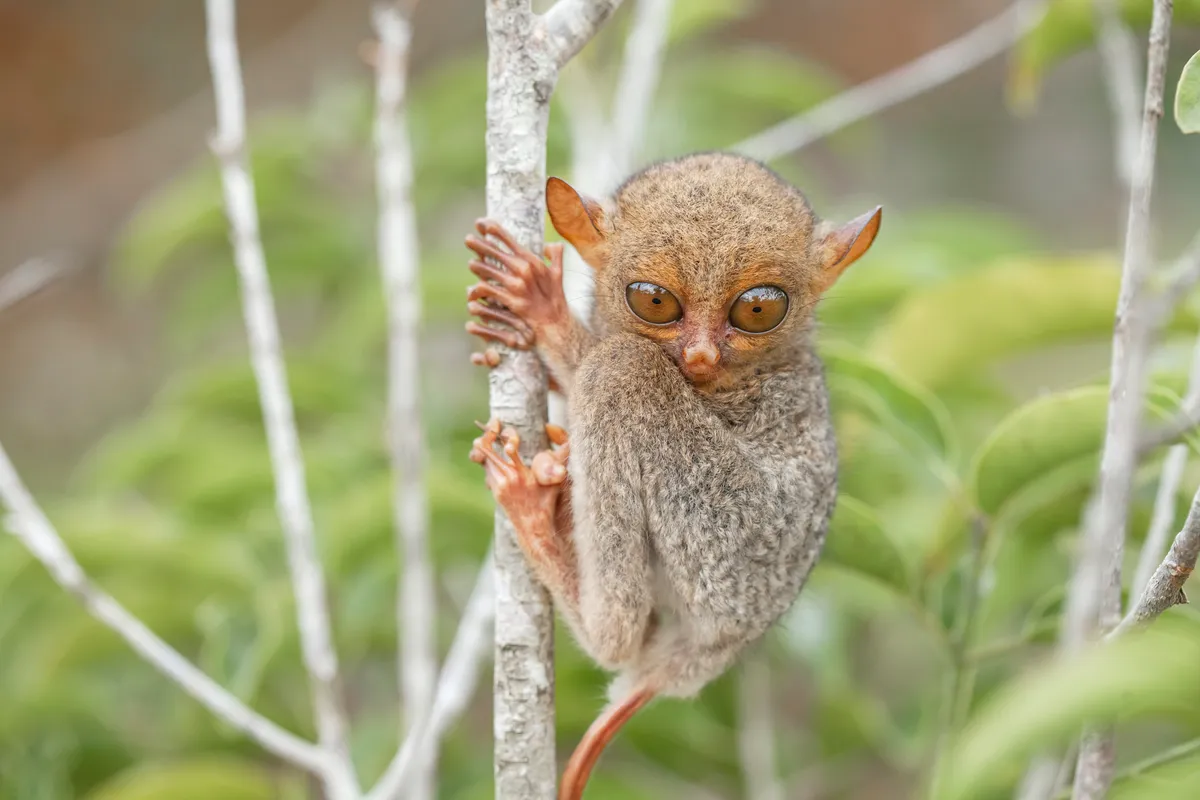
This small strange-looking, big-eyed, nocturnal, carnivorous primate is reminiscent of a house elf in Harry Potter - or perhaps it's Gollum from The Lord of The Rings he reminds us of. It eats mainly insects and lives in primary and secondary forest, as well as along the coasts or on the edge of plantations.
We named it one of the world's weirdest animals
Bottlenose dolphin
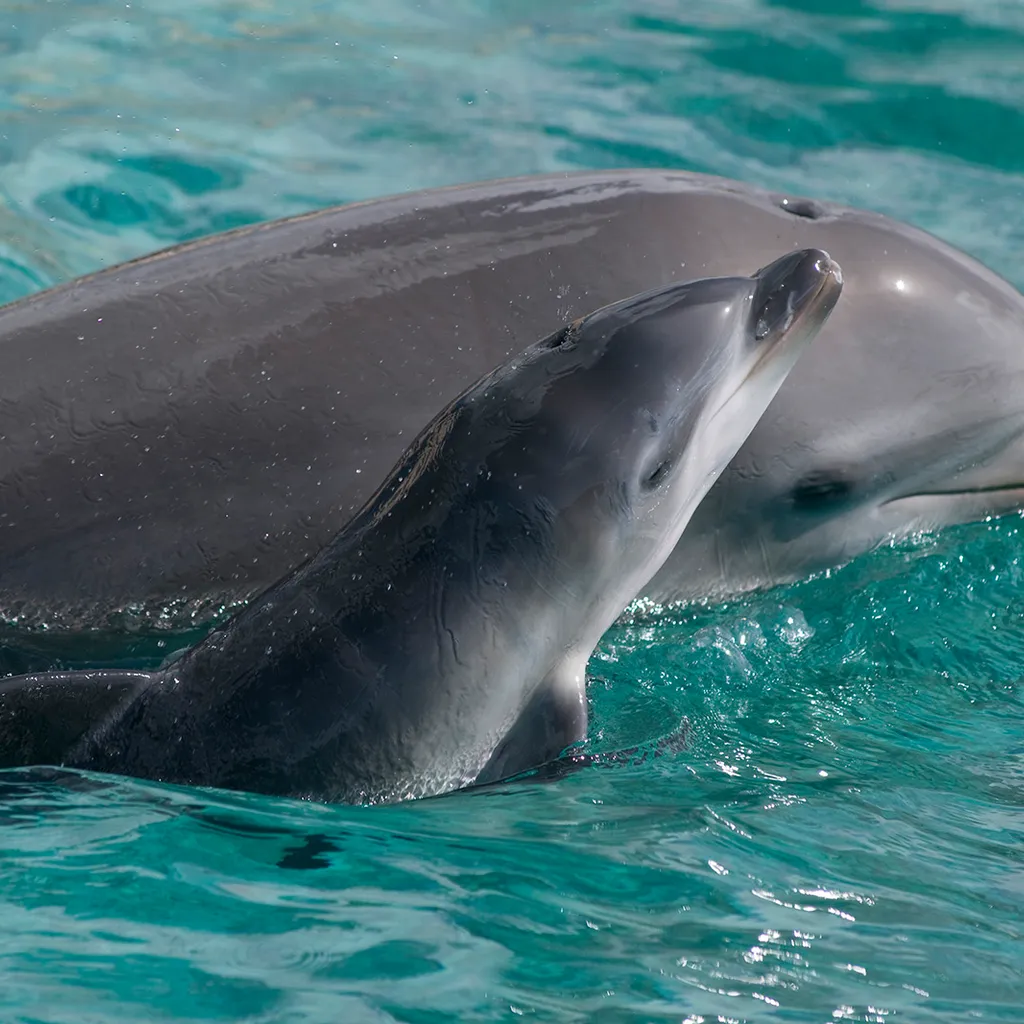
Bottlenose dolphins are found in warm and temperate seas worldwide, except in the Arctic and Antarctic Circle regions.
Bottlenose dolphins are varying shades of grey all over, with a distinctive bottle-shaped rostrum (snout).
Brown bear
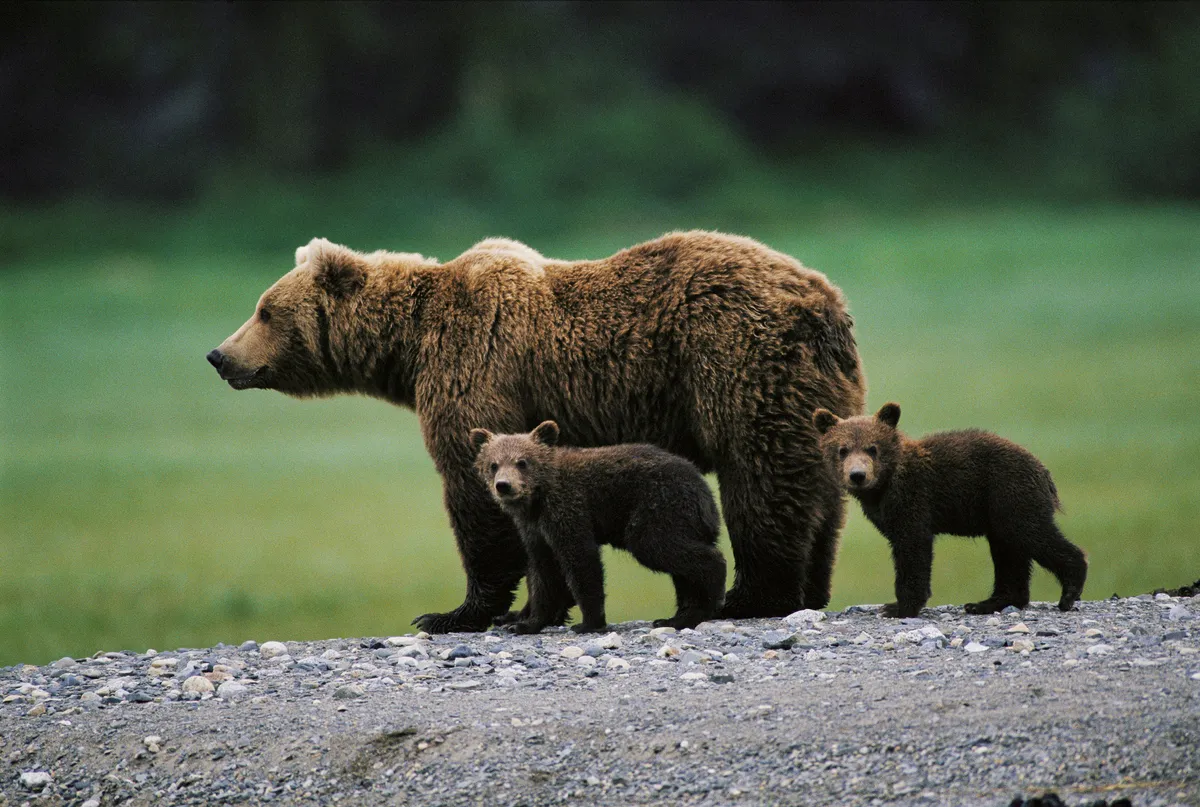
The brown bear lives across North America and Eurasia and is the the most widely distributed bear in the world.
Box jellyfish
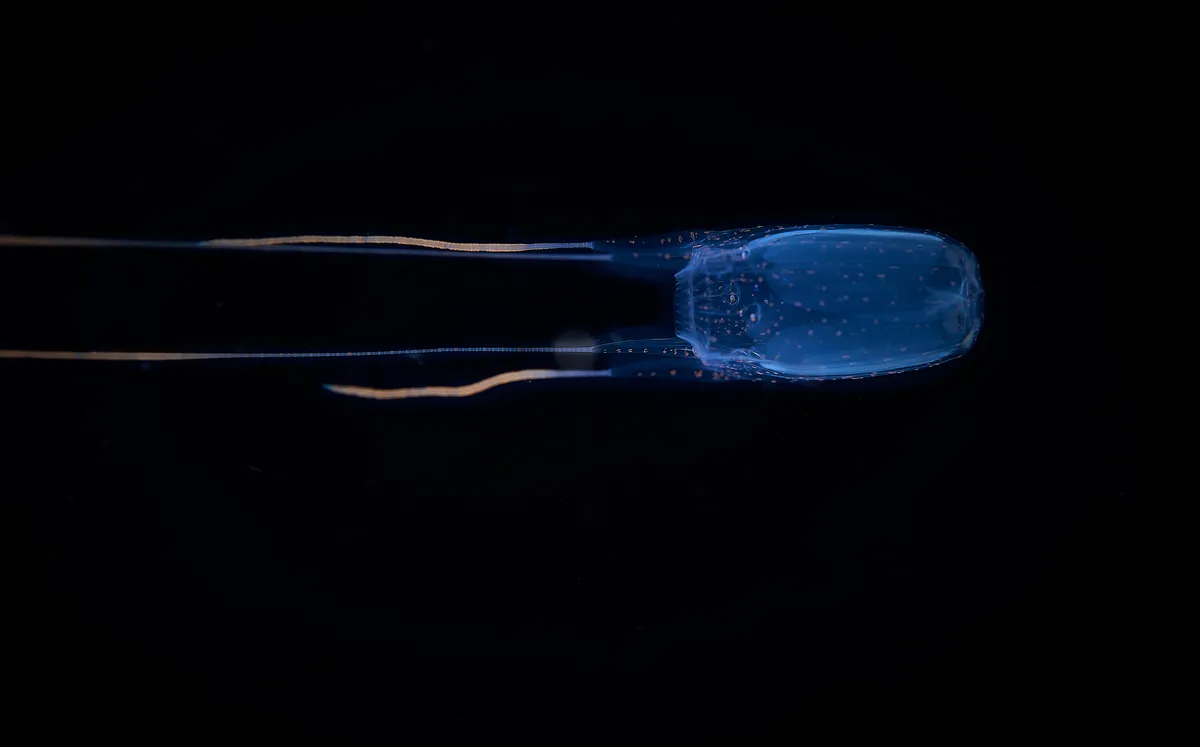
Found in coastal marine waters around the world, the box jellyfish is one of the world’s deadliest animals in the ocean thanks to a venom containing toxins that strike at the heart, nervous system and even skin cells of anyone unlucky enough to touch one of its tentacles.
Looking for more fascinating facts?
Explore our expertly curated collection of captivating animal features, offering everything from insightful animal ID's to engaging quizzes. Check out our collection of species guides, from grizzly bears to tarantulas, all the information you need is all in one place.
